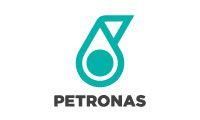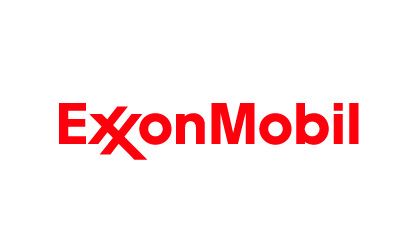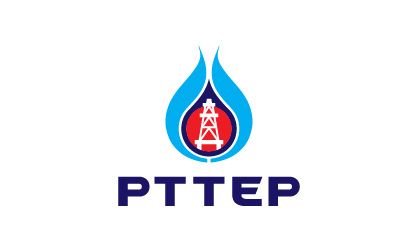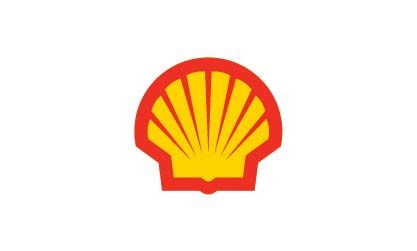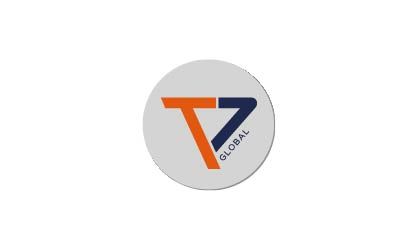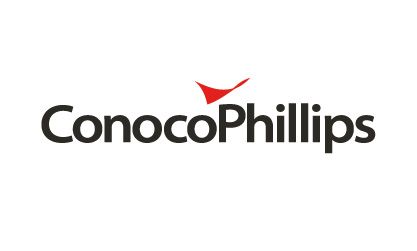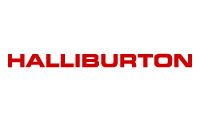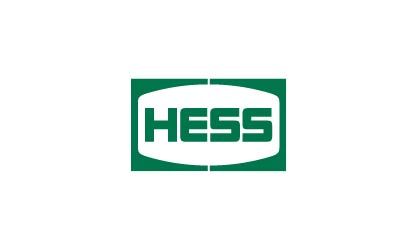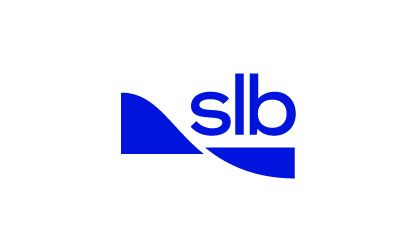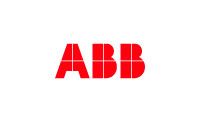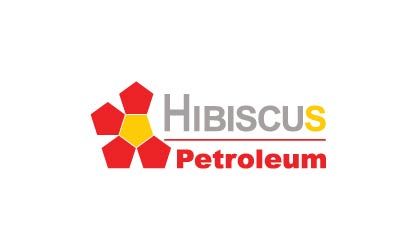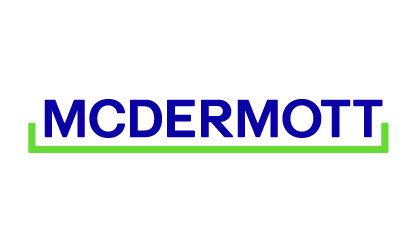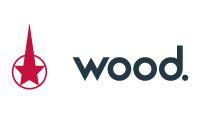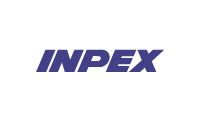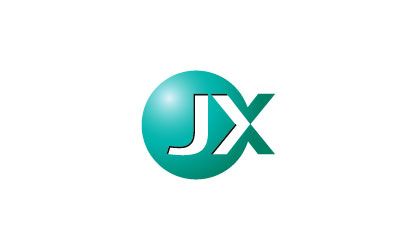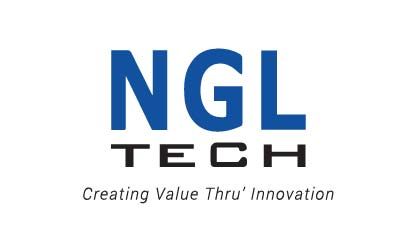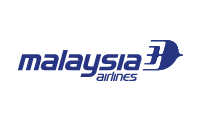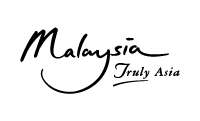Cladtek: Corrosion Challenges in the Ageing Brown Field
27 Feb 2024
OTC Asia Stage, Hall 5, Ground Level
Seminar
In many cases, carbon steel does not provide adequate corrosion resistance for a pipeline system and corrosion resistance alloys (CRAs) are required. Inability to achieve effective corrosion inhibition is a common issue for operators, particularly, when it comes to an ageing brown field.
In 2022, size of the global oilfield inhibitor market was approximately USD 2 Billion. It is expected that the inhibitor market would reach USD 3 Billion in 2031. The demand pertaining to the use of corrosion inhibitors increases every year as the amount of water generated by the operators increases due to the ageing factor of many reservoirs. Across Asia, many operators started to replace carbon steel pipes due to the significant corrosion issues associated with SRB corrosion and sweet corrosion. Operating experience shows that many operators are currently experiencing challenges with the low flow rate of the products inside the pipeline system. This low liquid flow velocity tends to significantly affect the inhibition performance. For instance, pitting corrosion tends to take place where low liquid velocity conditions occur as deposits tend to collect in low velocity lines causing under deposit corrosion concerns in which the corrosion prevention action intended by the inhibitor is curtailed by the build-up. Furthermore, low velocity may provide incubation areas for SRB corrosion. The increase in the usage of chemical inhibitors results in the increase of operational running cost, hence, increasing the carbon footprint since many corrosion inhibitors contain chemicals which are of high toxicity and incompatible to the environment if released.
Objective of this paper is to discuss the challenges that operators are currently facing with maintaining the integrity of their pipeline systems in an ageing brown field environment. It highlights the benefits in which a CRA lined pipe could waive away many issues associated with rising OPEX and corrosion risks.
In 2022, size of the global oilfield inhibitor market was approximately USD 2 Billion. It is expected that the inhibitor market would reach USD 3 Billion in 2031. The demand pertaining to the use of corrosion inhibitors increases every year as the amount of water generated by the operators increases due to the ageing factor of many reservoirs. Across Asia, many operators started to replace carbon steel pipes due to the significant corrosion issues associated with SRB corrosion and sweet corrosion. Operating experience shows that many operators are currently experiencing challenges with the low flow rate of the products inside the pipeline system. This low liquid flow velocity tends to significantly affect the inhibition performance. For instance, pitting corrosion tends to take place where low liquid velocity conditions occur as deposits tend to collect in low velocity lines causing under deposit corrosion concerns in which the corrosion prevention action intended by the inhibitor is curtailed by the build-up. Furthermore, low velocity may provide incubation areas for SRB corrosion. The increase in the usage of chemical inhibitors results in the increase of operational running cost, hence, increasing the carbon footprint since many corrosion inhibitors contain chemicals which are of high toxicity and incompatible to the environment if released.
Objective of this paper is to discuss the challenges that operators are currently facing with maintaining the integrity of their pipeline systems in an ageing brown field environment. It highlights the benefits in which a CRA lined pipe could waive away many issues associated with rising OPEX and corrosion risks.




